Ultimate Guide to LED Strip Lights Certification – Ensuring Quality
Table of Contents
Certificates are quality guarantees, indicating that a product or service has undergone testing and adheres to specific standards. Various entities, such as the government and private enterprises, can issue them. LED strips need to be certified. These certificates validate that the strips have been subjected to safety and quality testing. This assurance is crucial, given the plethora of LED strips available in the marketplace.
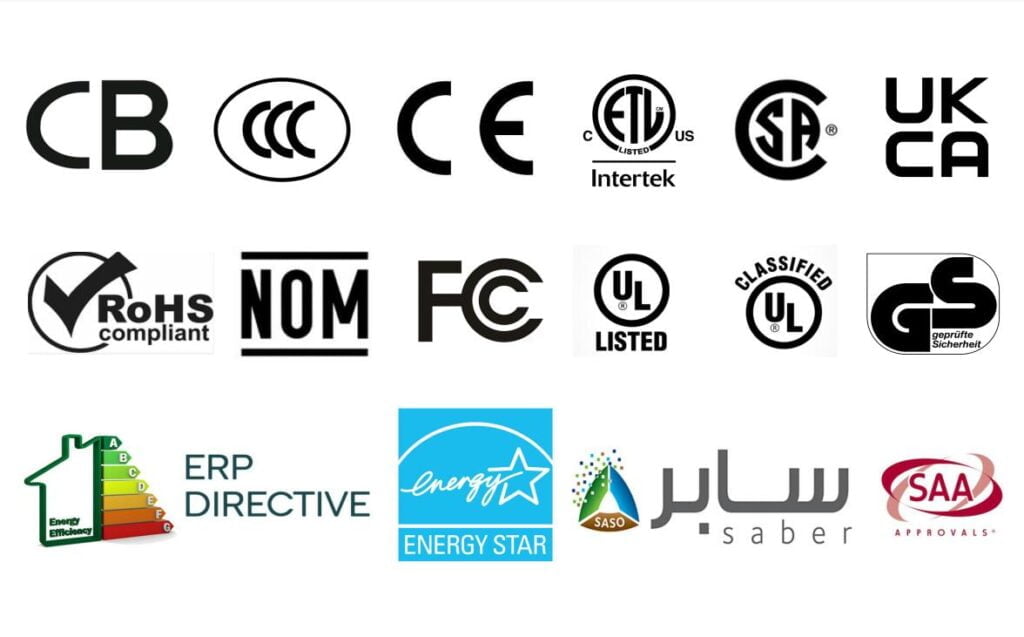
Categorization of Certificates
Certifications can be organized in three primary ways.
1. Based on Market Accessibility
The initial categorization is based on market accessibility. This refers to whether a certificate is required or optional as per the laws of a country or region. It’s often divided into mandatory and voluntary.
2. Based on Certification Criteria
The following classification depends on the criteria for certification. These generally encompass safety, electromagnetic radiation, and energy efficiency.
3. Based on Regional Applicability
Lastly, the regional applicability of the certification constitutes the third category. The region of an application signifies the countries or regions where the certificate is valid, like the EU for CE certification and China for CCC certification.
Why is LED Strip Certification Important?
Certification Ensures High-Quality LED Strips
Since certification mandates that the LED strip undergo a series of stringent tests, a product receives certification only after it successfully passes these tests. Therefore, buyers can quickly assess the quality of the LED strip by checking whether it has the relevant certification.
Certification Facilitates Successful Importation of LED Strips
Some certifications are compulsory, and the LED strip can only be marketed in certain countries after it has been certified. For instance, an LED strip can only be sold in the EU if it holds CE certification.
Understanding LED Strip Certifications
There is a multitude of certifications available for LED strips, but going through all of them can be time-consuming.
So, to help newcomers swiftly grasp the concept of LED strip certifications, here are some of the most common LED strip certifications.
| Certificate Name | Applicable Area | Mandatory or Voluntary | Requirement |
| UL | United States | Voluntary | Safety |
| ETL | United States | Voluntary | Safety |
| FCC | United States | Mandatory | EMC |
| cULus | Canada | Voluntary | Safety |
| CE | European Union | Mandatory | Safety |
| RoHS | European Union | Mandatory | Safety |
| Eco design Directive | European Union | Mandatory | Energy efficiency |
| CCC | China | Mandatory | Safety |
| SAA | Australia | Mandatory | Safety |
| PSE | Japan | Mandatory | Safety; EMC |
| BIS | India | Mandatory | Safety |
| EACH | Russia | Mandatory | Safety |
| CB | International | Mandatory | Safety; EMC |
| SABER | Saudi Arabia | Mandatory | Safety |
1. UL Certification Explained
Underwriters’ Laboratories (UL), founded in 1894, is a globally recognized company that provides safety certifications. It is particularly renowned for certifying the safety of electrical products. Currently, over 100 countries recognize UL-certified products.
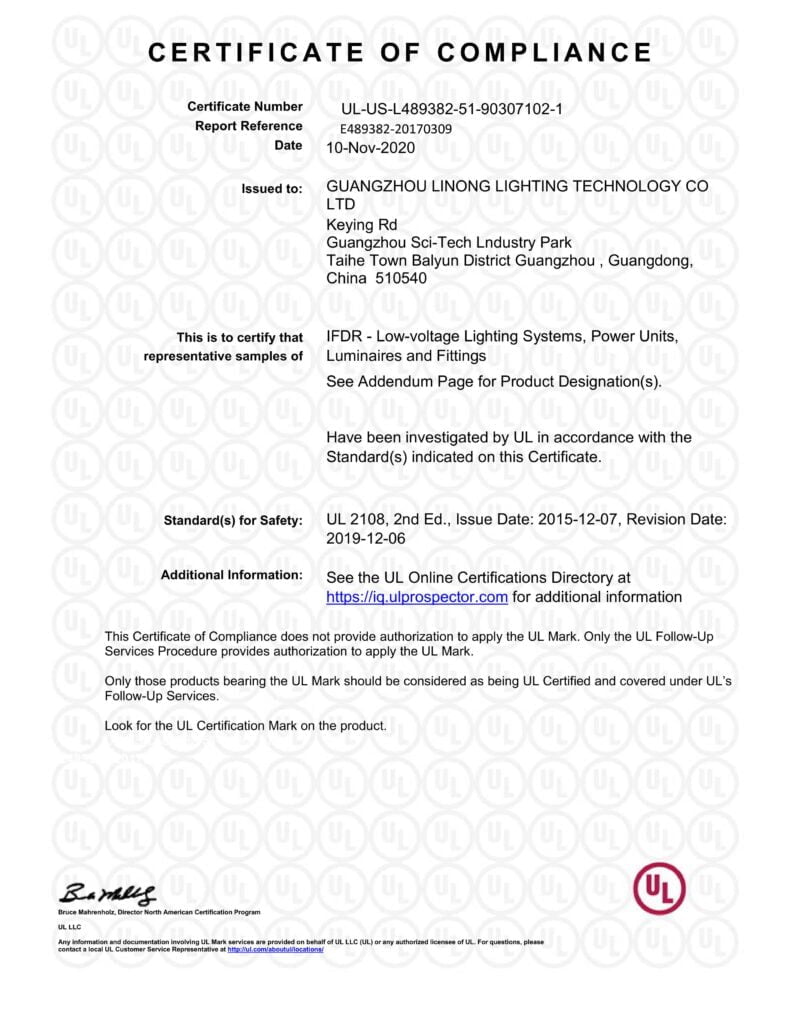
2. Understanding ETL Certification
Electrical Testing Laboratories (ETL) represents the certification division of Intertek Testing Laboratories. As a participant in the NRTL program, it offers services ranging from assurance and testing to inspection and certification for various industries.
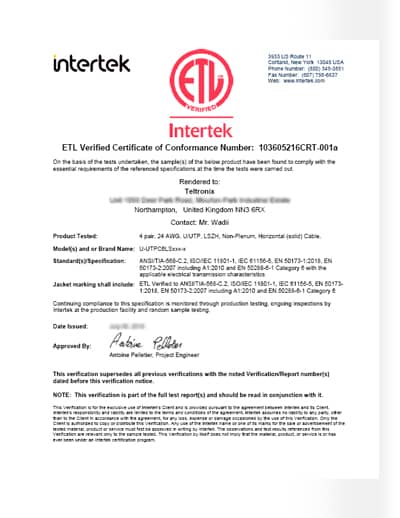
3. FCC Certification Defined
The Federal Communications Commission (FCC) issues FCC certificates, which certify that a product or equipment fulfills all the relevant FCC standards in the United States. The certification, provided by an accredited laboratory, necessitates a complete application to the FCC, accompanied by applicable fees.
4. What is cULus Certification?
The cULus certification, recognized by both the United States and Canadian governments, signifies that a product meets the safety requirements of both countries. Products, including appliances and electrical equipment, often require the cULus certificate for sale within the United States and Canada.
5. Exploring CE Certification
CE, “Conformité Européenne,” denotes a product’s compliance with European Union health, safety, and environmental protection regulations. The CE mark, displayed by manufacturers, is mandatory on products sold within the EU, verifying that the product meets all relevant EU requirements. CE certification incorporates EMC and LVD.

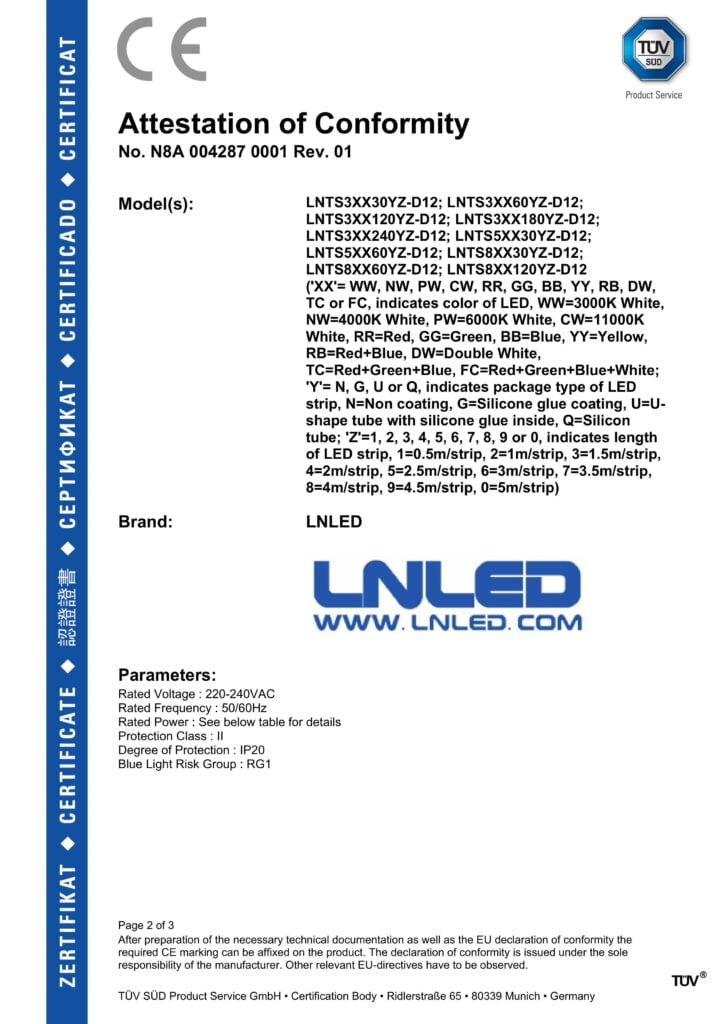
6. RoHS Certification Overview
Introduced by the European Union in 2006, the Restriction of Hazardous Substances Directive or RoHS certificate restricts the use of certain harmful materials in electrical and electronic equipment. Products sold in the EU must meet specific environmental standards, often demonstrated by obtaining a RoHS certificate.
7. Understanding the Eco-design Directive
Issued by the EU, the Eco-design Directive aims to lessen the environmental impact of products by stipulating design requirements for products, making them more energy-efficient and eco-friendly.
8. About CCC Certification
The Certificate of Conformity of China (CCC) is a compulsory certification for products sold in China. The rigorous CCC certification process ensures that products bearing the mark comply with Chinese standards. It is recognized throughout China and even accepted in some other Asian countries.
9. Clarifying SAA Certification
Standards Association of Australia (SAA), or Standards Australia International Limited, sets Australian standards. Though there isn’t a specific “SAA certification,” product certification in Australia is often referred to as SAA certification due to the lack of a unified certification mark and singular certification body.
10. PSE Certification Breakdown
The Public Service Enterprise (PSE) certification, launched in 2002, is crucial for businesses trading with the Japanese government. To acquire a PSE certificate, businesses must provide financial reports and other documents to the Japanese Ministry of Economy, Trade and Industry (METI), verifying their trustworthiness and sound business practices.
11. Decoding BIS Certification
The Bureau of Indian Standards (BIS) issues the BIS certificate, a conformity certificate validating a product or material’s alignment with Indian standards. Mandated for all products sold in India, this certificate is internationally recognized and often a prerequisite for exporters to other countries.
12. Understanding EAC Certification
The Customs Union Certificate of Conformity (EAC certificate) attests to a product’s compliance with approved standards within the Customs Union region, which includes Russia, Belarus, Armenia, Kyrgyzstan, or Kazakhstan. It is issued for partial or serial production, typically with annual audits for certificates valid for over a year.
13. What is CB Certification?
The IEC CB Scheme is a multilateral agreement to facilitate international electrical and electronic product certification. It enables single certification for global market access.
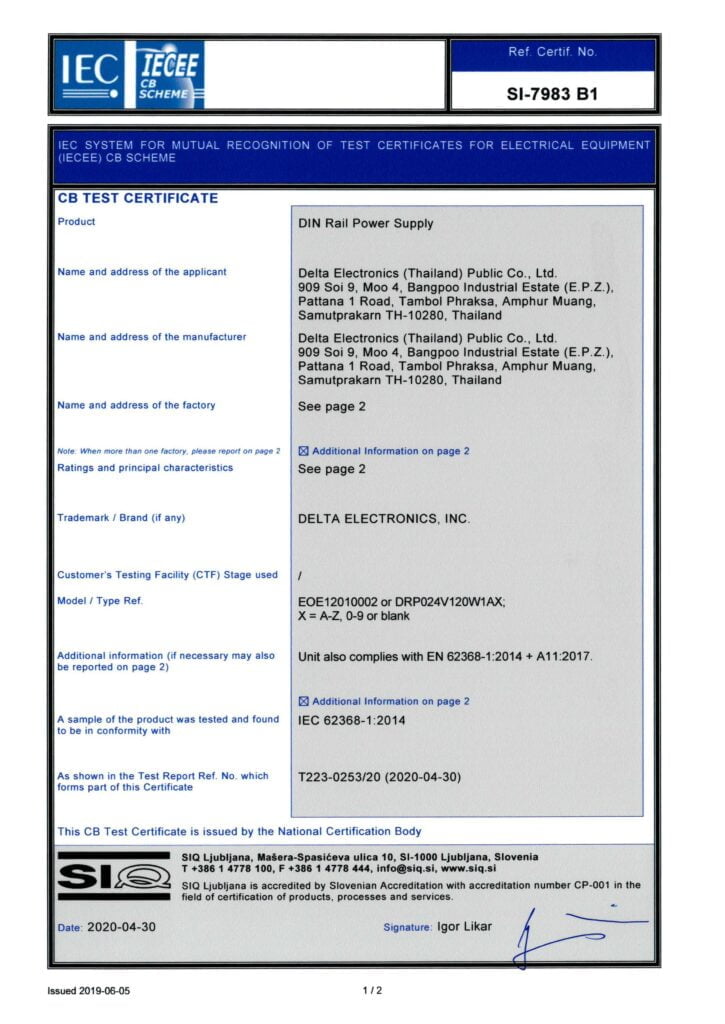
14. SABER Certification Simplified
SABER, an online platform, facilitates local suppliers and factories obtain essential conformity certificates for consumer products, whether locally produced or imported, paving the way for entry into the Saudi market. The platform’s broader goal is to elevate the safety standards of products within the Saudi market.
Understanding SASO’s Certificate of Conformity (CoC)
SASO (Saudi Standards, Metrology, and Quality Organization) specifically provides a Certificate of Conformity for Saudi Arabia. This document is a testament to the fact that the product has successfully undergone testing and inspection to comply with the country’s quality and safety standards. The SASO certificate essentially serves as a gateway for goods to pass through customs.
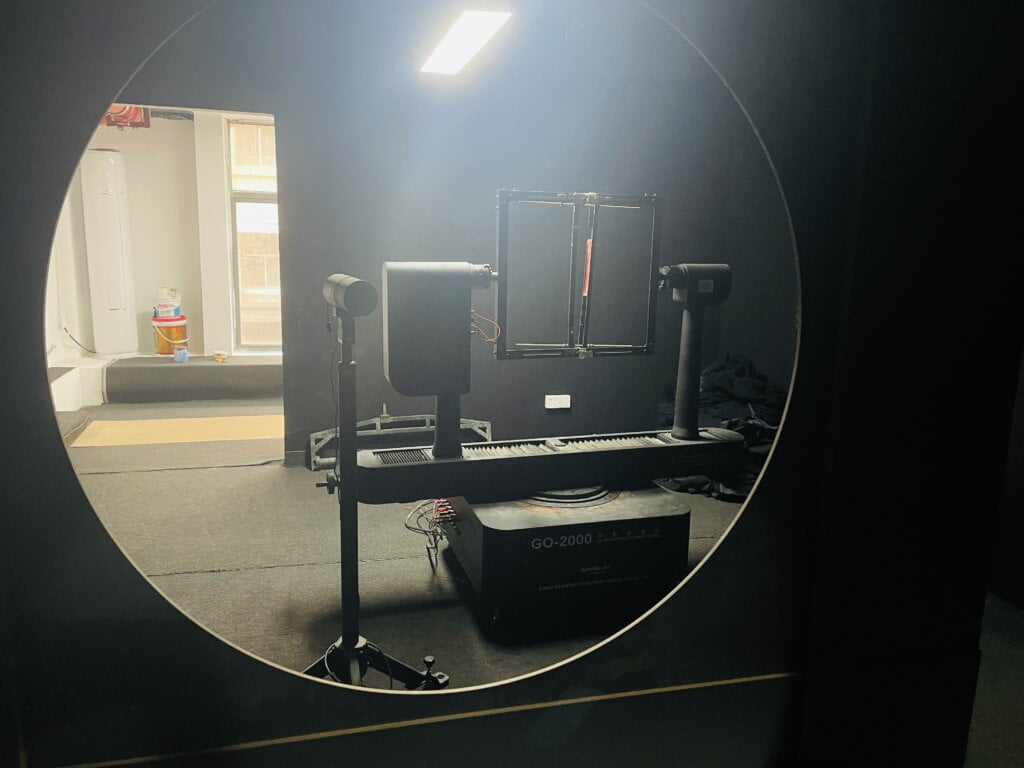
A Guide to UL Certification Process
Step 1: Navigate to the UL website and locate the “Contact Us” page. All the necessary information and forms for product sample submission for UL testing are here.
Step 2: Present a sample product for testing by UL. To secure UL certification, you must prepare samples per UL’s criteria and bear the transportation costs for sample delivery.
Step 3: UL commences the safety evaluation of your samples. Once UL receives your product, they start a safety assessment. If the product passes the test, it is deemed compliant with UL standards; if it fails, it’s rejected.
Step 4: For manufacturing companies, UL mandates a factory inspection. UL staff will visit the factory for an on-site inspection. UL certification is granted only upon successfully completing both product testing and factory inspection.
Step 5: Secure UL certification. Once your product is confirmed to be safe and the factory inspection is completed, UL will issue a certificate.
As a result, your company will be allowed to display the UL logo on your product. Periodic audits will be conducted to confirm continuous compliance with UL standards.
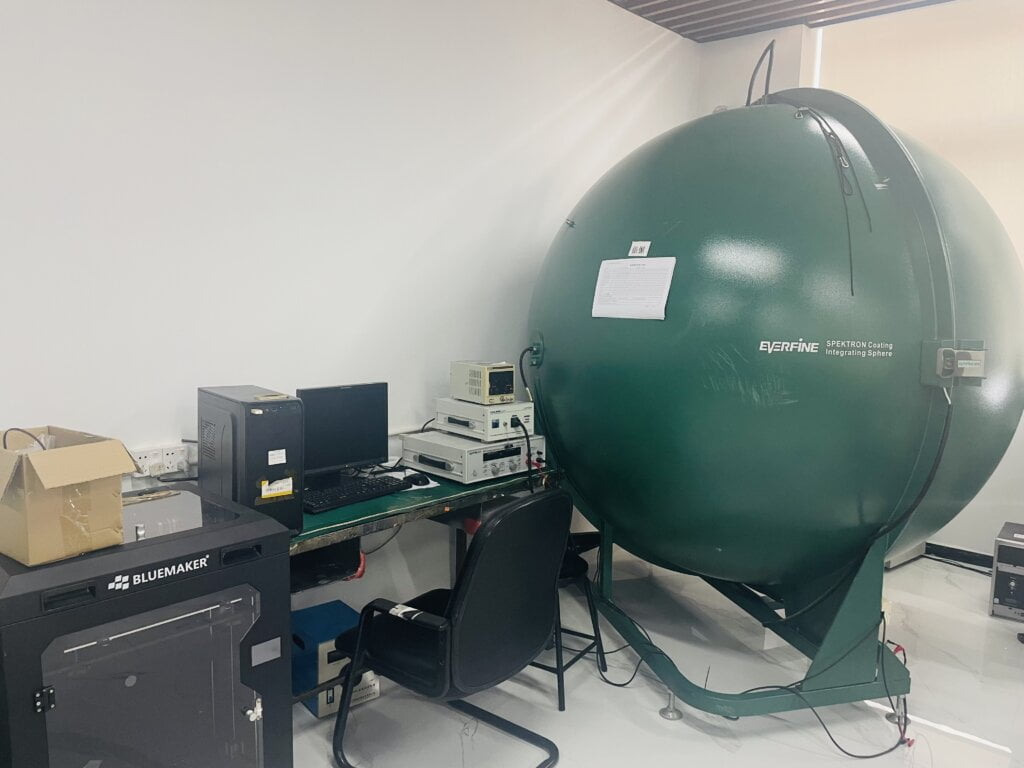
Tips for Applying for LED Strip Certifications
LED strip lighting, lauded for its energy efficiency and longevity, is in demand in residential and commercial contexts.
You need to obtain relevant LED strip certifications to establish an LED strip business. Here are some tips:
Define a clear objective: There are numerous certifications available, and businesses should determine the objective behind the certification they require. For instance, LED strips meant for export should comply with the certification norms of the target market.
Understand the technical requirements: Each certification has its own product requirements. Particularly when applying for multiple certifications simultaneously (like CCC+ energy-saving certification, CCC+ CB), a meticulous approach is required to avoid losing any of them. It’s crucial to ensure that the mass-produced items match the quality of the certified samples.
Know your sample quality: If the sample fails, the company must bear additional modification costs. Thus, businesses should thoroughly comprehend the certification requirements, especially regarding product range, unit classification, testing plan, quality assurance, and so forth.
Be mindful of certification timelines: Certain certifications, particularly energy-saving ones, take longer to acquire. Businesses should strategically plan their time to prevent losses. In addition, staying informed about the certification requirements, tracking accreditation status regularly, maintaining open communication with the certification body, and self-monitoring through the network are also recommended.
Summary
Applying for certifications can be demanding and costly, yet they significantly contribute to your enterprise’s success. It’s essential to realize that these certifications are among the key aspects consumers consider before purchasing LED lights. Therefore, focusing on the certification procedure will surely enhance your business’s competitiveness.
This article, I believe, has successfully imparted the importance of LED light certifications. Armed with these, you can assure your customers of the product’s safety, fostering trust. Plus, these certifications can ease your entry into your desired market!
MyLiKeLed is a distinguished producer of superior LED strips and LED neon flex. All our offerings undergo stringent quality checks in our advanced laboratories. We also provide bespoke solutions for our LED strips and neon flex. So, if you’re in the market for top-notch LED strips and LED neon flex, don’t hesitate to contact MyLiKeLed!
FAQs
Why is LED strip light certification important?
Certification is important because it guarantees that LED strip lights meet safety, performance, and quality standards. Certified products are tested to ensure they are safe for use, energy-efficient, and durable, giving you peace of mind when purchasing.
What are the most common certifications for LED strip lights?
The most common certifications include UL, CE, RoHS, and FCC. Each certification focuses on different aspects like electrical safety (UL), European standards compliance (CE), restriction of hazardous substances (RoHS), and electromagnetic compatibility (FCC).
How can I tell if an LED strip light is certified?
You can tell by checking for official certification logos on the product packaging, user manual, or manufacturer’s website. Always verify the certification number through the certifying body’s database to be sure it’s legitimate.
What happens if I use non-certified LED strip lights?
Using non-certified LED strip lights can pose serious risks like electrical fires, product failure, or exposure to harmful materials. They may also not last as long or perform as efficiently as certified options.
Does certification affect the lifespan of LED strip lights?
Yes, certification often correlates with better product lifespan. Certified LED strip lights are tested for durability and quality, meaning they are more likely to perform reliably over time compared to uncertified versions.

Hi, I’m Xylia Xiong, a sales professional with 14 years of experience in the LED strip light industry. I specialize in providing tailored solutions, leveraging my expertise in LED products and the latest industry trends. Known for effective communication and problem-solving, I’m dedicated to helping lighting manufacturers, importers, and distributors achieve their goals.
Let’s work together to create customized solutions that exceed expectations.
Related Posts

Soft white Vs daylight: What Should You Choose?

Types Of Lighting And Their Applications – Expert Guide
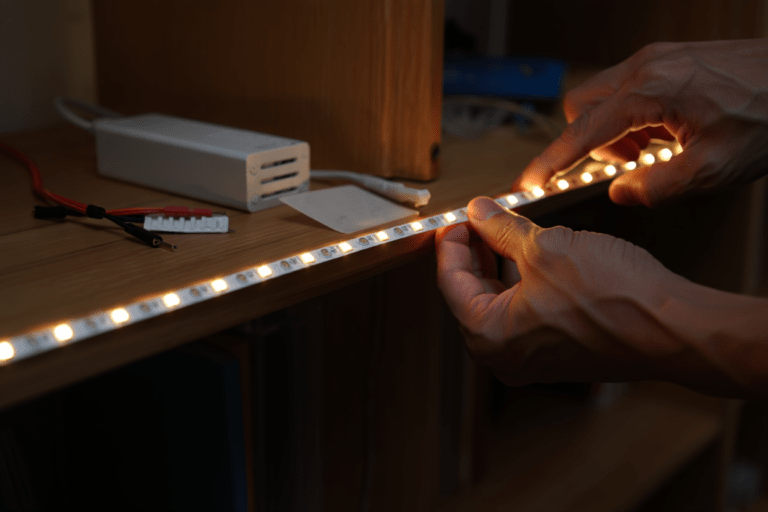
How To Make LED Strip Lights Brighter?

- Call Us: +86-15920391130
- Email: info@mylikeled.com
- Office Address: No. 4 Keying road, Beitai road, Baiyun district, Guangzhou, China
- Factory: Building 12, Liandong U Valley, Guangqing Industrial Park, Shijiao Town, Qingcheng District, Qingyuan City, Guangdong, China
Copyright © 2025 – My Like Led All rights reserved.

